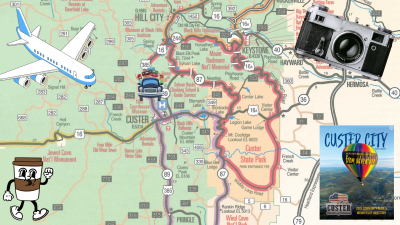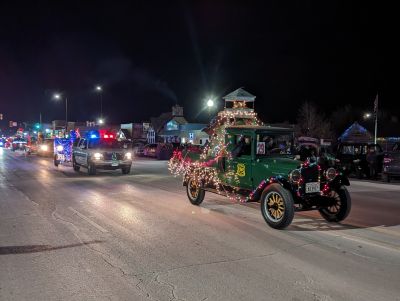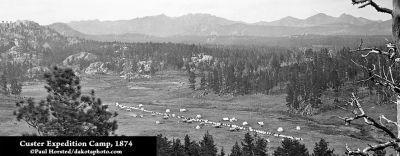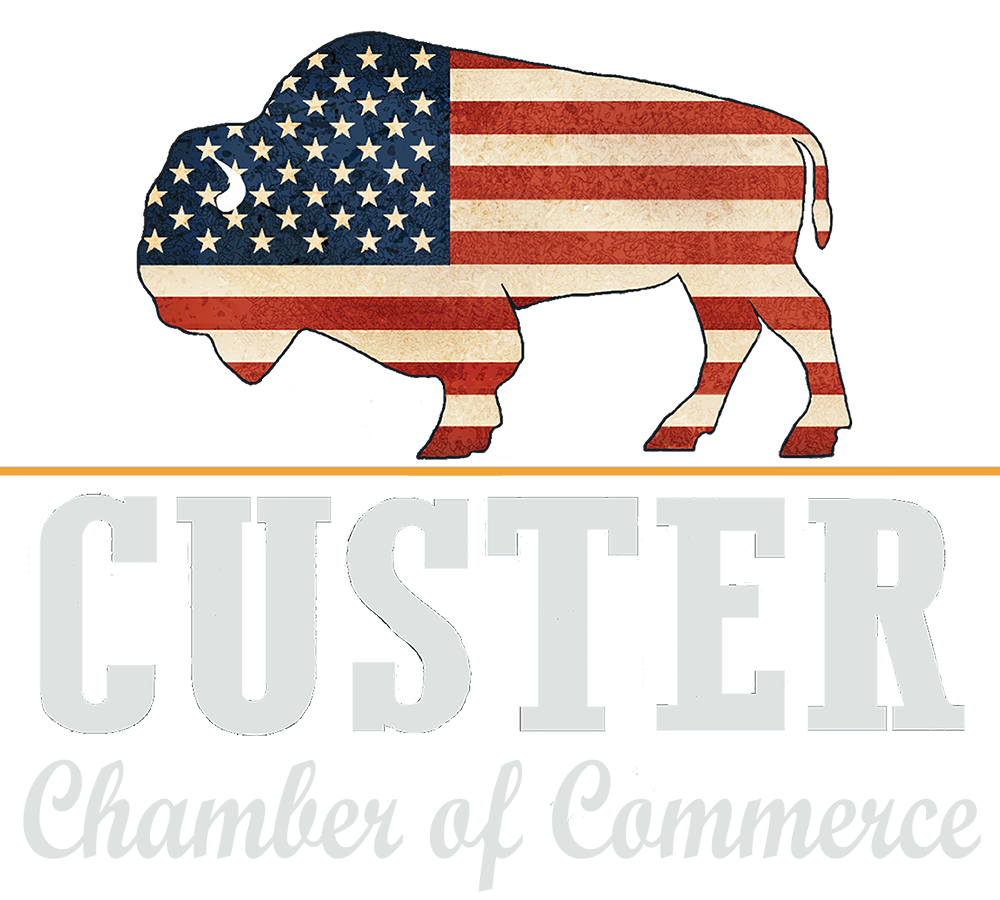| Custer City History November 9, 2020  The history of Custer City is in a large degree that of the southern Black Hills. Custer City is the oldest established white community in the Black Hills; the “Mother City” of the Black Hills of South Dakota and Wyoming.
Condensed transcription of the descriptive information about Custer County as found in A.T. Andreas' "Historical Atlast of Dakota", 1884. Additional information can be found at the Custer Chamber of Commerce Visitor Center. | BRIDGES OF CUSTER COUNTY March 27, 2024 Groundhog Day! Written by Andrea Spaans February 1, 2024  Plan for Vacation Day Written by National Day Calendar January 29, 2024  Christmas Lights December 20, 2023 Holidays in the Hills November 22, 2023  |

|
||||
|
|
||||





